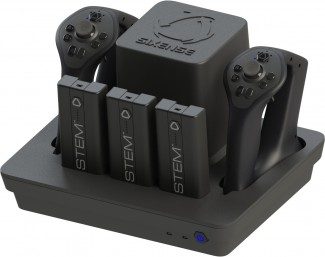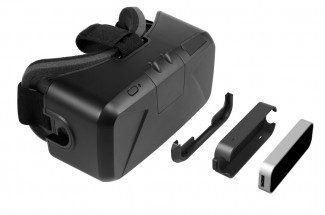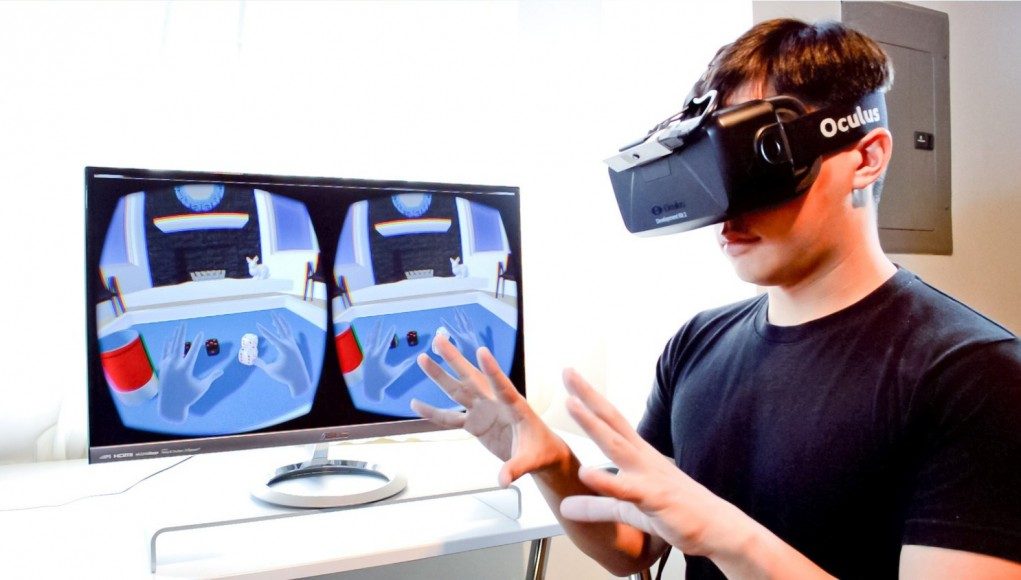Palmer Luckey, creator of the Oculus Rift, has preempted any rumors that Oculus might be showing a first-party VR input solution at the upcoming GDC 2015 in March.
‘VR input’, a more natural way of interacting with the virtual world beyond abstract input schemes like the gamepad or keyboard and mouse, has been a topic of significant interest ever since the rebirth of VR. For maximum immersion, users should be able to reach out and interact with the virtual world just like they would in the real world. Although there are a number of VR input systems in development, Oculus, the leading consumer VR headset creator, has not endorsed any of them. The company seems to be unsatisfied with available options and while all clues would point to internal development of their own input system, the company hasn’t shown any such system publically.
That leaves developers in a tricky place. Adopt a third-party solution, or wait for Oculus to reveal their own input system?
The input discussion really started heating up after Oculus released their second development kit, the DK2, which showed a clear path to a consumer version of the headset—except for input. And now, every time a major Oculus-attended industry event rolls around, a preamble of whispers and rumors about such an announcement can be heard.
The next such event, GDC 2015, is right around the corner during the first week in March. This time, Oculus creator Palmer Luckey sets the expectation by taking to the comment section of the Oculus Rift subreddit:
Don’t get too hyped on the possibility of seeing anything at GDC. VR input is hard – in some ways, tracking hands well enough to maintain a sense of proprioceptive presence is even more technically challenging than getting perfect head tracking.
We will show something if and when we get it working well, but we have to avoid showing off prototypes that are not on a clear path to being shipped at the same or higher quality level. Throwing together very expensive or impossible to manufacture prototypes for internal R&D is one thing, using them to publicly set expectations around the near future is another.
Not naming anything specific here, but the history of technology is littered with the corpses of companies that overpromised and underdelivered by shipping real products with real limitations that were glossed over in promotional materials. Oculus can’t afford to do that.
Before it was evident that the company wanted to create their own system for VR input, the Razer Hydra motion controller had become the de facto controller for hand-tracked input. However, the system wasn’t ideal for VR due to its wired nature and limited range. Razer also stopped producing the controller at a critical time when developer interest was growing, causing prices to rise on the remaining limited supply (Amazon currently has listing ranging from $285 to $559).

With VR on the rise, the company that had created the Hydra technology, Sixense, took to Kickstarter in 2013, raising some $600,000 for a next-gen version of the controller. STEM, as they called it, had significant improvements over the Hydra in range, latency, and accuracy, not to mention, completely wireless tracking. The company is on the verge of shipping the production version of their controller and is taking pre-orders for the unit starting at $299.
Since STEM, other input devices aimed at VR have emerged. PrioVR, a full motion input suit, and Control VR, an upper body motion tracker, both ran successful Kickstarter campaigns in 2014. Camera-based tracking systems like Leap Motion and Trinity VR have also received attention.

In a surprise move at the end of 2014, Oculus acquired the company responsible for Nimble Sense, another camera-based tracking system, after the tech had raised more than $135,000 on Kickstarter. So far Oculus hasn’t made any announcements about what they’re doing with the newly purchased tech and talent, but we’re naturally led to believe that camera-based hand-tracking is part of Oculus’ input plans.







